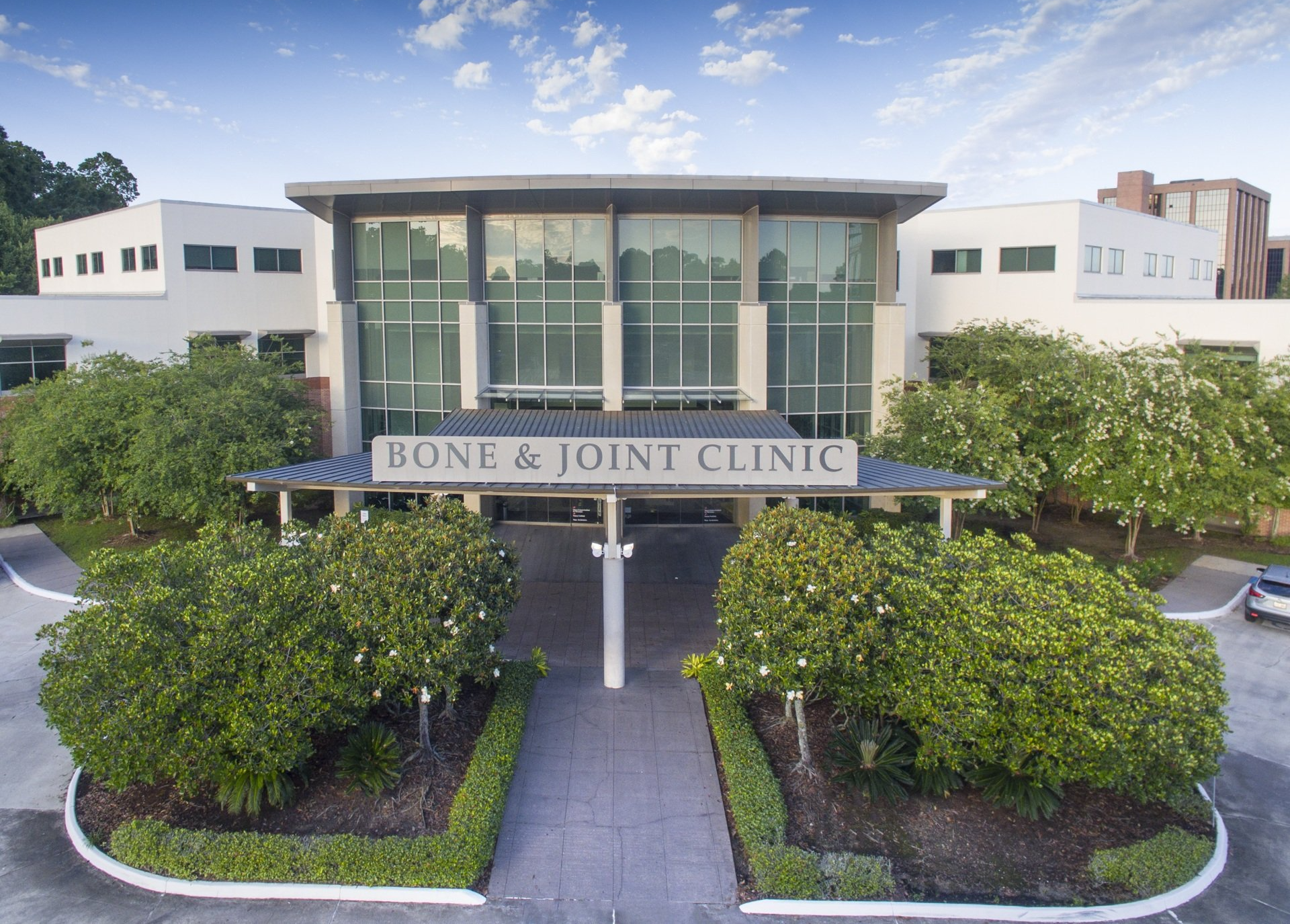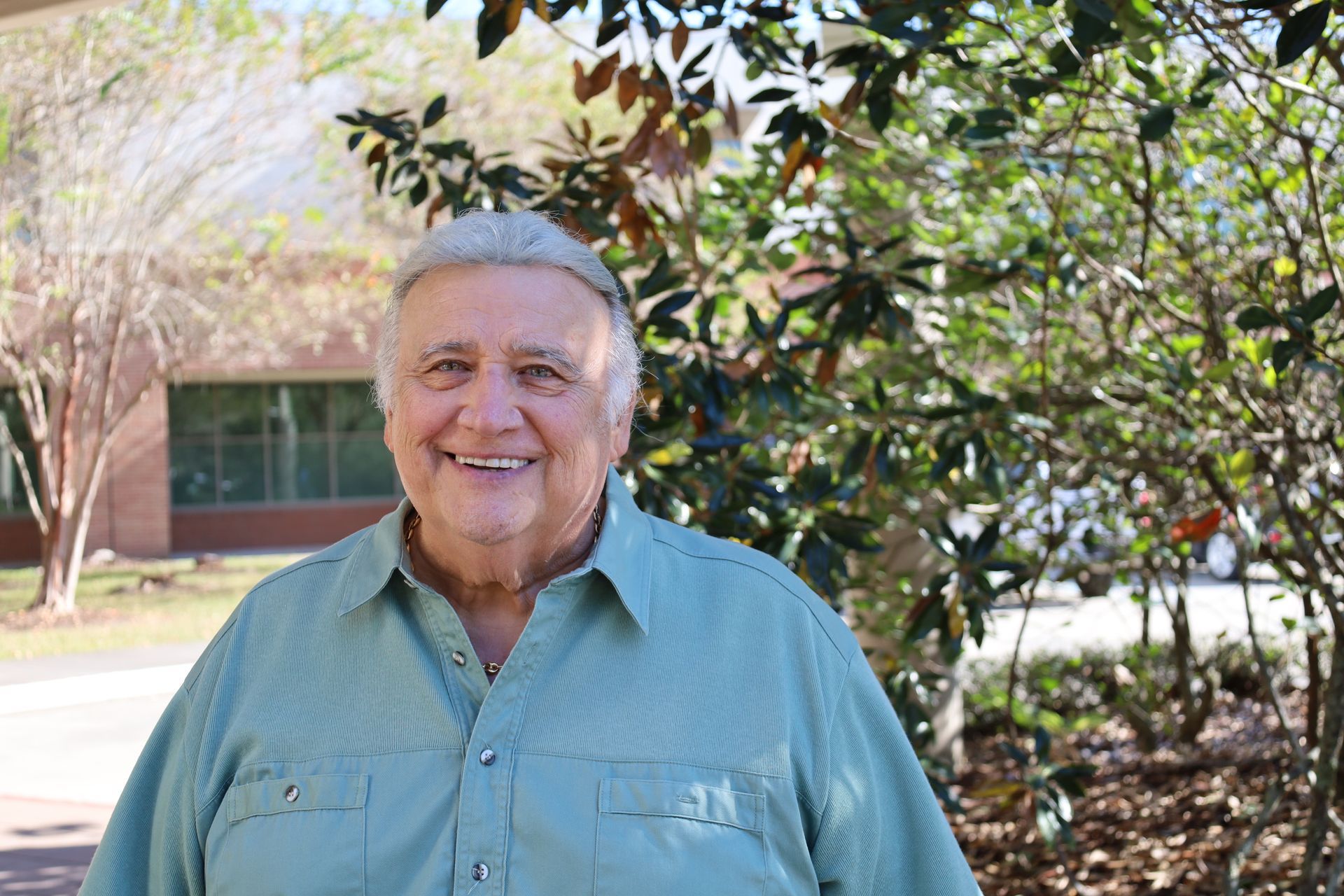Have you developed tender nodules on the palm of your hand? Are thickened cords of tissue gradually pulling your ring or pinky fingers toward your palm? If so, you are likely suffering from a condition known as Dupuytren’s contracture. This disease is known to primarily impact older, male patients who are of northern European or Scandinavian descent and suffer from additional medical conditions such as diabetes. However, it can also affect patients of differing backgrounds, age, and health.
How do You Know if You Have Dupuytren’s Contracture?
Dupuytren’s contracture develops slowly over a period of many years. As it progresses, the disease causes thickening and tightening of the fibrous layer of tissue on the palm side of the hand known as the fascia. In particular, this tightening affects one or more of the ring, pinky, and occasionally middle fingers. Nodules may also develop along this area and may or may not be tender to the touch. Eventually, as these signs worsen, the affected fingers will begin to draw in towards the palm of the hand. Given it’s classic presentation, Dupuytren’s is easily and readily identifiable.
What are the Surgical Options for Dupuytren’s Contracture?
With the progression of the disease, hand function can become increasingly and sometimes severely limited. While most will be able to retain an acceptable amount of hand function with the help of non-surgical treatments such as injections, a smaller percentage may require surgical intervention. In these cases, there are a couple of different techniques which may be used.
- Fasciotomy – During this outpatient procedure, the hand is numbed using a local anesthetic. An incision is then made in the palm of the hand, giving the surgeon access to the fascia which can then be divided to release tension and allow the fingers to straighten and move more freely. The wound will remain open in order to heal and patients must wear a splint during their recovery period.
- Fasciectomy – Rather than simply dividing the tightened tissue, a fasciectomy actually removes the impacted sections of fascia. The wound may also be left open to heal in this procedure or a skin graft may be used. Being a more invasive procedure, patients who undergo a fasciectomy can expect an extended recovery period and physical therapy.
Dupuytren’s Contracture Surgery in Baton Rouge
If you suffer from Dupuytren’s contracture and it has progressed to the point of drastically interfering with your hand function and ability to perform day-to-day tasks, it may be time to consider surgery. Our team of orthopedic hand specialists and surgeons can help you better understand your condition and which treatment options, whether surgical or non-surgical, may be best for your particular situation. To get started, simply contact the Bone and Joint Clinic of Baton Rouge to request an appointment.




